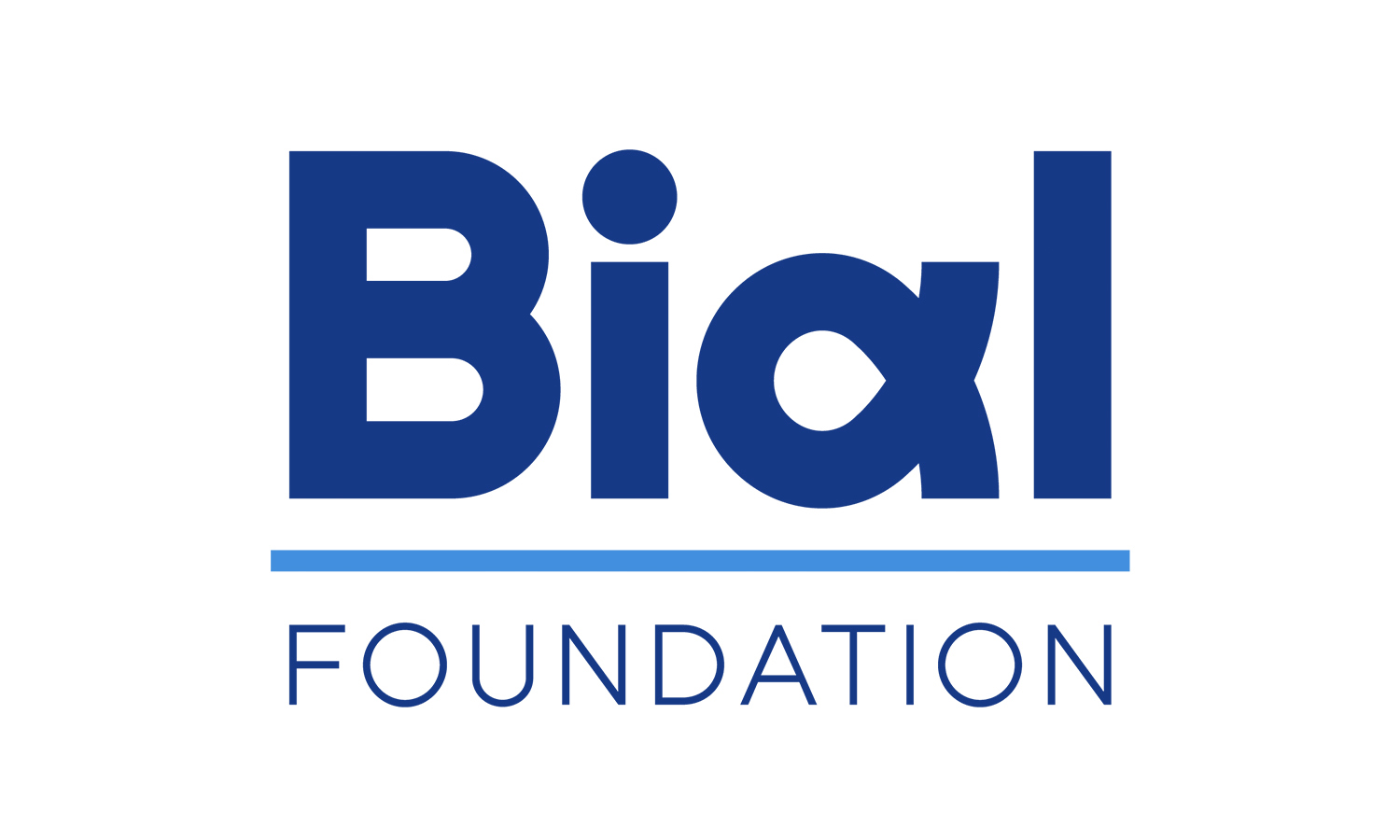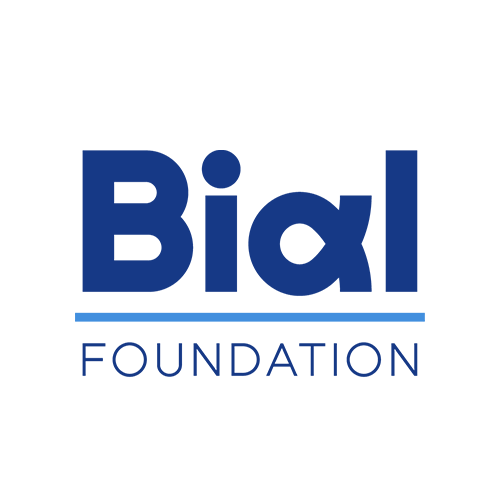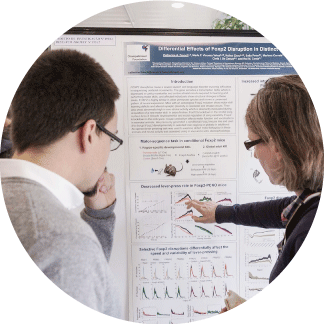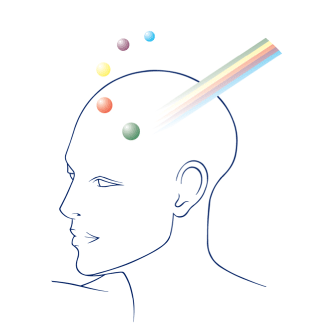News
Top Stories

Dream and daydream: differences and similarities
Did you know that daydreams reflect events from the previous two days and “night” dreams resemble a fictional plot?

Does your dog have social skills?
A study suggests that viewing the owner’s face works as a positive social reinforcement for dogs. Learn more about this and other surprising results about “man’s best friend”.
News
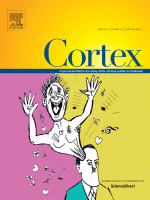
Is the human being able to assess the emotinal authenticity of non-verbal vocalizations?
Tatiana Conde e Magro, supported by the BIAL Foundation in the scope of project 148/18 – Voice perception in the visually deprived brain: Behavioral and electrophysiological insights, concluded that humans are able to assess the emotional authenticity of non-verbal vocalizations in early stages of emotional processing. Furthermore, the study showed that the assessment of emotional authenticity is faster in laughter than in crying. The paper “The time course of emotional authenticity detection in nonverbal vocalizations” featuring these results was published in the journal Cortex.

The neuronal representation of the use of tools
Stéphanie Rossit, supported by the BIAL Foundation in the scope of project 184/14 – Decoding neural representations of human tool use from fMRI response patterns, identified the neural representations of how humans typically use tools. Furthermore, the study demonstrated that these representations occur even when the performance of the task does not require semantic processing. The paper “The role of the anterior temporal cortex in action: Evidence from fMRI multivariate searchlight analysis during real object grasping” featuring these results was published in the journal Scientific Reports.

How does eye-contact affect the brain syncroninization?
Caroline Di Bernardi Luft, supported by the BIAL Foundation in the scope of project 138/18 – The neural signatures of leadership: Two-brain directed synchronization during eye-contact demonstrated that eye-contact affects the frequency and direction of brain synchronization, and that this synchronization differs between dyads. The paper “Social synchronization of brain activity increases during eye-contact” featuring these results was published in the journal Communications Biology.

